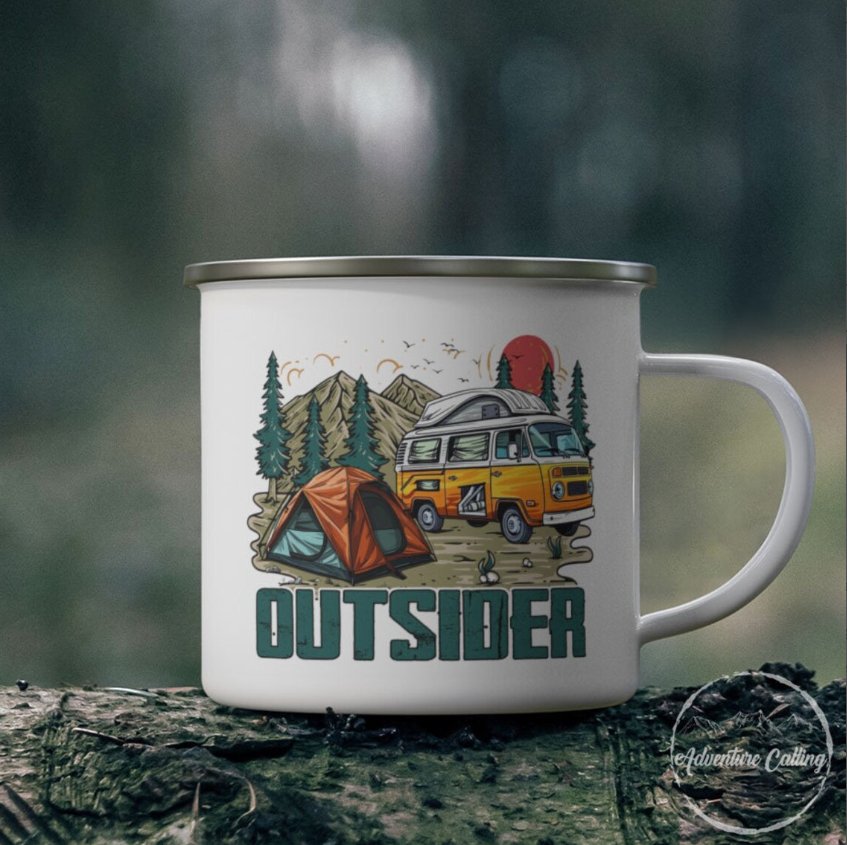How to prepare for wallpapering?
Move/remove furniture.
Lastly, you have the brand-new wallpaper in your hands and your mind's eye; you can already see the completed item on the wall surfaces. All you need now is a fairy that grants you simply one dream: To click your fingers and for the room to be embellished with the new wallpaper! Yes, that would undoubtedly be a dream, but as we all know: in the real world, just hard work causes success. Just go about the whole point with a clear, detailed strategy, do not place yourself under pressure, and begin with moving or removing the furnishings. Preferably, the area you work in would undoubtedly be vacant. This provides one of the most room to maneuver. If, as a result of room limitations in your house, this isn't feasible, you can move more miniature furniture to various other spaces. At the same time, more important things (like a sofa or an elbow chair) must be relocated to the center of the room and covered with a safety sheet. This technique is also suitable if you intend to deal with one wall.
Next, remove furniture pieces or devices mounted on the wall surface( s). If you intend to put them back in the same place after backgrounding the image, we suggest using toothpicks or matches to note the drill holes. This also prevents the holes from unintentionally filling in when preparing the wall surfaces.
The ceiling is always the initial area to be pictured. If you intend to put wallpaper on the ceiling, the space needs to be empty to do the sure unblocked job. Ceiling and wall lamps need likewise to be eliminated. We advise appointing an electrical contractor for this task to see that the cords are separated appropriately and safely. Instead of the ceiling lamp, the electrical contractor can mount a simple light suitable to give illumination while the job occurs.
When moving cabinets, wardrobes, and chests, the cabinets and shelves need to be vacant. Cabinets and lose shelves must be removed to ensure they can not occur during transport.
And as for getting rid of the room, why not precede it with one of those little annoying duties: Decluttering! Load the contents of furnishings into removal boxes and identify them as necessary. Utilize the process to do a psychological supply and remove anything you don't need. Suppose the materials of cabinets, shelves, or closets, and also cabinets include items. In that case, you utilize them daily; merely keep them in accessible locations in other areas for the duration of the work.
Crucial Questions for
Clearing Rooms
When clearing out, some elements of your home - like fitted cooking areas, radiators, stove pipes, and skirting boards - can trigger issues. The following gives a checklist of responses, yet they may call for an individual approach for every instance.
Stove-pipes
Suppose you intend to embellish a space consisting of a wood-burning stove, and the wall behind it isn't already equipped with a protective lining or similar. In that case, you should eliminate the stove pipe to access the area quickly. If you are unclear, ask your chimney sweep.
Fitted Cooking area
In addition to fridges (fridge-freezers), wall cupboards and systems can generally be removed or relocated relatively quickly. The lower locations (worktops, electric tools, and standing cupboards) are generally left untouched unless you prepare to set up a brand-new kitchen area after backgrounding. If you choose to remove the existing equipped cooking area to embellish all areas, we advise calling professional aid.
Radiators
Radiators are generally not removed. To do so, you would require a professional as the radiator must be cleared and bled. This is just way too much effort for simply one room. Electric wall convector heating systems can be gotten rid of from wall surfaces.
Skirting Boards
Intact, solid skirting boards screwed to the wall can continue to be in place. Unique treatment should be offered when reducing the wallpaper to precisely mark the reducing edge. Self-adhesive skirting boards must be gotten rid of and replaced with new ones after enhancement.
Waterproof covering of floors
Right, that's done! The furniture has been moved, or - better yet - the area is vacant. Also, you await the next step: The floor needs to be covered safely, as many points will be dropped onto it, e.g., the old, drenched wallpaper along with tiny (or huge!) decreases of wallpaper paste. A vulnerable floor can additionally be harmed by relocating a ladder or accidentally dropping wallpaper equipment, so covering it offers a variety of purposes.
Felt flooring protectors are a specifically ideal covering material. The front contains textile material; the back has an anti-skid layer. This implies that if they feel the product is used appropriately, any flooring type will be secured flawlessly. Do-it-yourself merchants provide this safety felt in various roll dimensions and grammages (toughness).
You choose the proper roll dimension for the area concerned. If the information on the roll states 1 m (Width) x 50 m (Length), you can cover a floor location of 50 m ² with it. Choosing the right grammage depends on the protection demands of your flooring. The toughness most frequently used for painting and enhancing work is 200 - 220 g.
Don't forget
While wallpapering, bear in mind to get rid of bits of drenched, stripped wallpaper in addition to traces of paste from the felt product quickly. If pieces of wallpaper completely dry on the felt product, they stick to it and could become unsafe when walking across the space. If you try to remove them, you will undoubtedly pull at the flooring protection material, possibly moving it.
Please proceed as follows:
- Before putting the felt product down, vacuum the carpet. Smooth floor covering (parquet, laminate, linoleum, tiles, and so on) must be wiped and left to dry.
- Set out the felt product in overlapping strips and utilize adhesive tape to maintain it in place.
- If the skirting boards are not secured after that, lay the felt, so it covers fifty percent of the skirting board and connects it with wide covering-up tape.
- Ensure that you create no tripping dangers around thresholds and edges. Ravel felt very carefully to prevent harmful folds in the material. Be exceptionally comprehensive around those challenging locations that require clipping (e.g., around log heaters or radiators).
- Put a huge cleaning carpet or an old towel in front of the entrance to the area so you can clean your feet. This prevents traces of wallpaper and pastes from being dispersed around the house.
Preparing your wallpapering equipment
Backgrounding can be enjoyable. To enjoy the task as long as our wallpaper woman does, and to prevent troubling your carefully crafted timetable by looking for points (and cursing), you must prepare your wallpapering devices as soon as you have covered the floor. It is best to choose a central place that gives you sufficient room to walk around (believe "trestle table"!) and enables you to function without any obstructions.
The following is a listing of devices and tools that might come in handy during the wallpapering procedure. It doesn't necessarily imply you will require them all. Depending upon your demands and methods, you could, for instance, pick between a pasting brush and a paste roller.
Wallpapering equipment - an Overview:
- Trestle table, action ladder
- 2 - 3 pencils (honed!).
- Folding yardstick, tape measure, wallpaper scissors, cutter knife.
- Plumb line, a chalk line.
- Sufficient wallpaper paste for the amount of wallpaper you intend to hang.
- Pasting brush, paste roller, paste bucket, sponge, wallpaper paste syringe for retouching any flaws.
- Joint roller, rubber roller, stress roller, smoother, wallpapering brush, backgrounding image spatula.
- Triangular reducing side (to reduce wallpaper at the bottom/skirting boards).
- Textile handwear covers for fragile wall coverings (e.g., metal or velour).
How to check batch numbers
You will not require a magnifying glass to examine set numbers, but this tiny task can significantly influence the end result of your efforts.
The insert in each roll of wallpaper has rows of numbers, icons, and the EAN Code; if you look carefully, you'll also find the set number, generally to the right of the item number, including figures and letters (typically two or three digits).
Make sure the batch numbers are the same!
Why is the set number so vital? Simple. It tells you whether the wallpaper rolls are from the same print run. Each of your wallpaper rolls should have the exact same number. If you identify a different set number, this roll was generated at a different time or on another device. This can cause a few different color shades along with tiny variants in terms of line of gabs, shine, and gloss, as well as the framework. You may not pick up on them at first look, but they could potentially adversely impact the final photo once the wall surface covering remains in place.
The general rule is: Constantly use wallpaper rolls with identical batch numbers for a wall or ceiling.
To be safe, you ought to compare set numbers when you acquire the wallpaper and constantly obtain one or two additional rolls (for offcuts, fixings, and various other eventualities). You must determine your specific wallpaper requirements before you begin functioning. As soon as that is done, include a bit much more ..
If you've found yourself with a "stray,"...
You've checked the wallpaper rolls and became aware that one of the rolls has a non-identical set number. Do not stress; the world will certainly not stop turning - you need a somewhat various approach. As an example, you might use it in an area that will be obscured by large or high pieces of furniture or which distract the attention - e.g., a cupboard, closet, or a wall unit.
Also Read:- How to wallpaper the ceiling?
For interesting Home decor Posts, follow us on Instagram.




Leave a comment